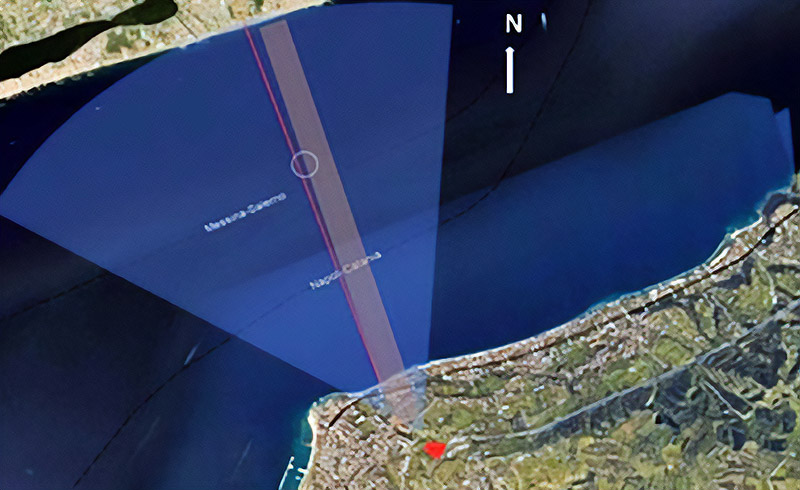CEO CIUCCI RESPONDS TO FRESH CRITICISMS FROM WWF: “CONVERSION OF THE INFRASTRUCTURE DECREE INTO LAW DOES NOT INTERFERE WITH ENVIRONMENTAL MONITORING”
Stretto di Messina responds further to comments made by WWF today.
The Company’s CEO, Pietro Ciucci, reiterated: “Legislative Decree 89, which is being converted today in the Senate, makes some improvements to the procedures already in place, with the aim of optimising construction of the bridge and reducing the time needed and costs. Stretto di Messina is going ahead with the design review and consents process in full compliance with the regulations, including revision of the environmental studies (environmental impact assessments, landscape report, prior verification of archaeological interest), and no work can be started without prior approval from the Interministerial Committee for Economic Planning and Sustainable Development (CIPESS), including all the required environmental reports. As already notified, Stretto di Messina will send the requested additions to the EIA-SEA Committees at the Ministry of the Environment and Energy Security by 12 September. Then, before 31 December, CIPESS will carry out a review with the aim of approving the final design”.
Stretto di Messina has always shown great concern for the environment: “Environmental monitoring before, during and after construction,” continued Mr Ciucci, “has been envisaged since the early design phases, with particular attention paid to air pollution, the marine environment, surface water and groundwater, the soil and subsoil, flora and fauna, ecosystems, noise, vibrations, electromagnetic fields, landscape, the physical state of construction sites and the road network, and the social environment. The Company is aware of the strategic importance of migratory routes over the Strait of Messina, and several months ago resumed monitoring, using horizontal and vertical radars to locate the birds and record their flight altitudes. These studies, the results of which will be made public, have further confirmed that only a part of the migratory routes regard the area where the bridge will be built, and that they are mainly located at altitudes above the infrastructure”.

